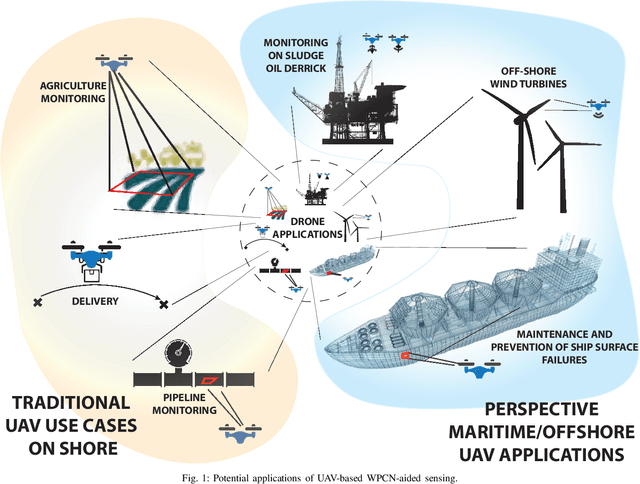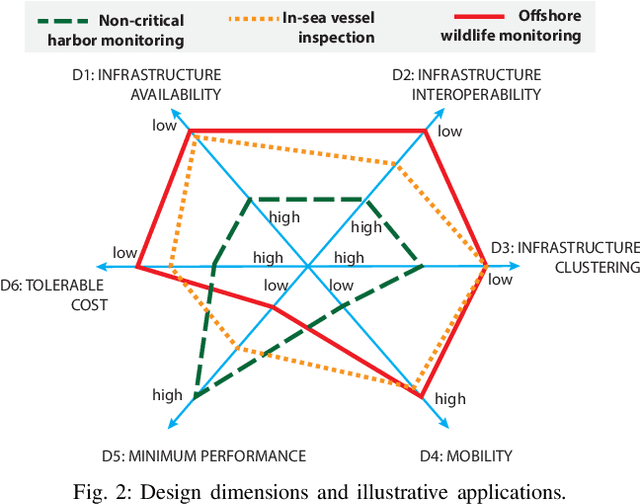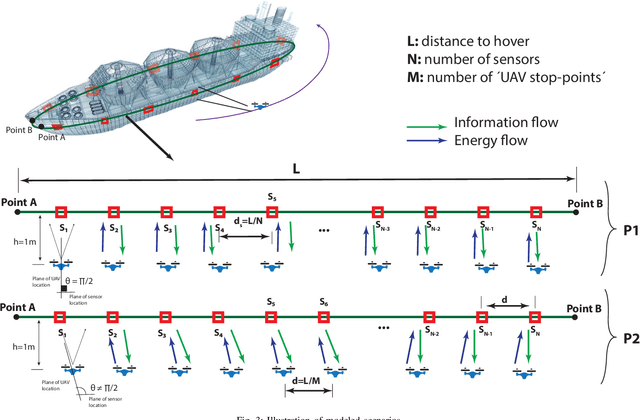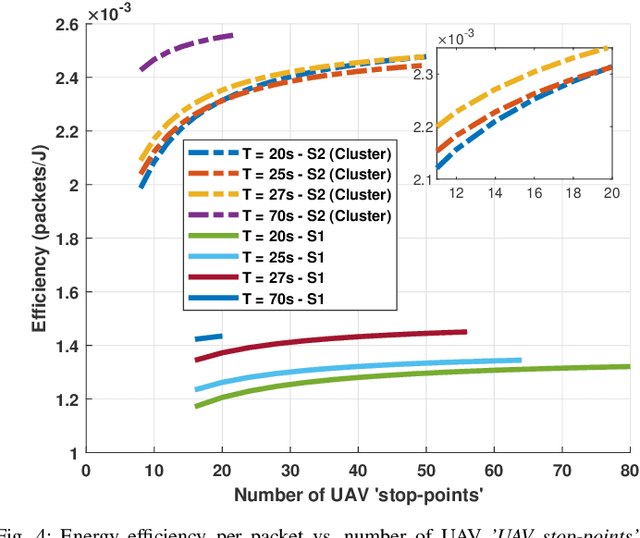Konstantin Mikhaylov
6G Resilience -- White Paper
Sep 10, 2025Abstract:6G must be designed to withstand, adapt to, and evolve amid prolonged, complex disruptions. Mobile networks' shift from efficiency-first to sustainability-aware has motivated this white paper to assert that resilience is a primary design goal, alongside sustainability and efficiency, encompassing technology, architecture, and economics. We promote resilience by analysing dependencies between mobile networks and other critical systems, such as energy, transport, and emergency services, and illustrate how cascading failures spread through infrastructures. We formalise resilience using the 3R framework: reliability, robustness, resilience. Subsequently, we translate this into measurable capabilities: graceful degradation, situational awareness, rapid reconfiguration, and learning-driven improvement and recovery. Architecturally, we promote edge-native and locality-aware designs, open interfaces, and programmability to enable islanded operations, fallback modes, and multi-layer diversity (radio, compute, energy, timing). Key enablers include AI-native control loops with verifiable behaviour, zero-trust security rooted in hardware and supply-chain integrity, and networking techniques that prioritise critical traffic, time-sensitive flows, and inter-domain coordination. Resilience also has a techno-economic aspect: open platforms and high-quality complementors generate ecosystem externalities that enhance resilience while opening new markets. We identify nine business-model groups and several patterns aligned with the 3R objectives, and we outline governance and standardisation. This white paper serves as an initial step and catalyst for 6G resilience. It aims to inspire researchers, professionals, government officials, and the public, providing them with the essential components to understand and shape the development of 6G resilience.
Impact of Weather on Satellite Communication: Evaluating Starlink Resilience
May 07, 2025Abstract:Satellite communications have emerged as one of the most feasible solutions to provide global wireless coverage and connect the unconnected. Starlink dominates the market with over 7,000 operational satellites in low Earth orbit (LEO) and offers global high-speed and low-latency Internet service for stationary and mobile use cases, including in-motion connectivity for vehicles, vessels, and aircraft. Starlink terminals are designed to handle extreme weather conditions. Starlink recommends a flat high performance (FHP) terminal for users living in areas with extreme weather conditions. The earlier studies evaluated Starlink's FHP throughput for stationary and in-motion users without providing a detailed analysis of how weather affects its performance. There remains a need to investigate the impact of weather on FHP's throughput. In this paper, we address this shortcoming by analyzing the impact of weather on Starlink's performance in Oulu, Finland, a city located in Northern Europe near the Arctic Circle. Our measurements reveal that rain degrades median uplink and downlink throughput by 52.27% and 37.84%, respectively. On the contrary, there was no noticeable impact on the round-trip time. Additionally, we also examine the impact of cloud cover on the Starlink throughput. The linear regression analysis reveals the negative relationship between throughput and cloud cover. The cloud cover of up to 12.5% has around 20% greater throughput than the cloud cover of 87.5%
Age and Power Minimization via Meta-Deep Reinforcement Learning in UAV Networks
Jan 24, 2025



Abstract:Age-of-information (AoI) and transmission power are crucial performance metrics in low energy wireless networks, where information freshness is of paramount importance. This study examines a power-limited internet of things (IoT) network supported by a flying unmanned aerial vehicle(UAV) that collects data. Our aim is to optimize the UAV flight trajectory and scheduling policy to minimize a varying AoI and transmission power combination. To tackle this variation, this paper proposes a meta-deep reinforcement learning (RL) approach that integrates deep Q-networks (DQNs) with model-agnostic meta-learning (MAML). DQNs determine optimal UAV decisions, while MAML enables scalability across varying objective functions. Numerical results indicate that the proposed algorithm converges faster and adapts to new objectives more effectively than traditional deep RL methods, achieving minimal AoI and transmission power overall.
Experiment-based Models for Air Time and Current Consumption of LoRaWAN LR-FHSS
Aug 19, 2024



Abstract:Long Range - Frequency Hopping Spread Spectrum (LR-FHSS) is an emerging and promising technology recently introduced into the LoRaWAN protocol specification for both terrestrial and non-terrestrial networks, notably satellites. The higher capacity, long-range and robustness to Doppler effect make LR-FHSS a primary candidate for direct-to-satellite (DtS) connectivity for enabling Internet-of-things (IoT) in remote areas. The LR-FHSS devices envisioned for DtS IoT will be primarily battery-powered. Therefore, it is crucial to investigate the current consumption characteristics and Time-on-Air (ToA) of LR-FHSS technology. However, to our knowledge, no prior research has presented the accurate ToA and current consumption models for this newly introduced scheme. This paper addresses this shortcoming through extensive field measurements and the development of analytical models. Specifically, we have measured the current consumption and ToA for variable transmit power, message payload, and two new LR-FHSS-based Data Rates (DR8 and DR9). We also develop current consumption and ToA analytical models demonstrating a strong correlation with the measurement results exhibiting a relative error of less than 0.3%. Thus, it confirms the validity of our models. Conversely, the existing analytical models exhibit a higher relative error rate of -9.2 to 3.4% compared to our measurement results. The presented in this paper results can be further used for simulators or in analytical studies to accurately model the on-air time and energy consumption of LR-FHSS devices.
Energy Efficiency Optimization for Subterranean LoRaWAN Using A Reinforcement Learning Approach: A Direct-to-Satellite Scenario
Nov 03, 2023



Abstract:The integration of subterranean LoRaWAN and non-terrestrial networks (NTN) delivers substantial economic and societal benefits in remote agriculture and disaster rescue operations. The LoRa modulation leverages quasi-orthogonal spreading factors (SFs) to optimize data rates, airtime, coverage and energy consumption. However, it is still challenging to effectively assign SFs to end devices for minimizing co-SF interference in massive subterranean LoRaWAN NTN. To address this, we investigate a reinforcement learning (RL)-based SFs allocation scheme to optimize the system's energy efficiency (EE). To efficiently capture the device-to-environment interactions in dense networks, we proposed an SFs allocation technique using the multi-agent dueling double deep Q-network (MAD3QN) and the multi-agent advantage actor-critic (MAA2C) algorithms based on an analytical reward mechanism. Our proposed RL-based SFs allocation approach evinces better performance compared to four benchmarks in the extreme underground direct-to-satellite scenario. Remarkably, MAD3QN shows promising potentials in surpassing MAA2C in terms of convergence rate and EE.
Energy-Sustainable IoT Connectivity: Vision, Technological Enablers, Challenges, and Future Directions
Jun 04, 2023



Abstract:Technology solutions must effectively balance economic growth, social equity, and environmental integrity to achieve a sustainable society. Notably, although the Internet of Things (IoT) paradigm constitutes a key sustainability enabler, critical issues such as the increasing maintenance operations, energy consumption, and manufacturing/disposal of IoT devices have long-term negative economic, societal, and environmental impacts and must be efficiently addressed. This calls for self-sustainable IoT ecosystems requiring minimal external resources and intervention, effectively utilizing renewable energy sources, and recycling materials whenever possible, thus encompassing energy sustainability. In this work, we focus on energy-sustainable IoT during the operation phase, although our discussions sometimes extend to other sustainability aspects and IoT lifecycle phases. Specifically, we provide a fresh look at energy-sustainable IoT and identify energy provision, transfer, and energy efficiency as the three main energy-related processes whose harmonious coexistence pushes toward realizing self-sustainable IoT systems. Their main related technologies, recent advances, challenges, and research directions are also discussed. Moreover, we overview relevant performance metrics to assess the energy-sustainability potential of a certain technique, technology, device, or network and list some target values for the next generation of wireless systems. Overall, this paper offers insights that are valuable for advancing sustainability goals for present and future generations.
Understanding UAV-Based WPCN-Aided Capabilities for Offshore Monitoring Applications
Dec 23, 2020



Abstract:Despite the immense progress in the recent years, efficient solutions for monitoring remote areas are still missing today. This is especially notable in the context of versatile maritime and offshore use cases, owing to a broader span of operating regions and a lack of radio network infrastructures. In this article, we address the noted challenge by delivering a conceptual solution based on the convergence of three emerging technologies -- unmanned aerial vehicles (UAVs), battery-less sensors, and wireless powered communication networks (WPCNs). Our contribution offers a systematic description of the ecosystem related to the proposed solution by identifying its key actors and design dimensions together with the relevant resources and performance metrics. A system-level modeling-based evaluation of an illustrative scenario delivers deeper insights into the considered operation and the associated trade-offs. Further, unresolved challenges and perspective directions are underpinned for a subsequent study.
 Add to Chrome
Add to Chrome Add to Firefox
Add to Firefox Add to Edge
Add to Edge